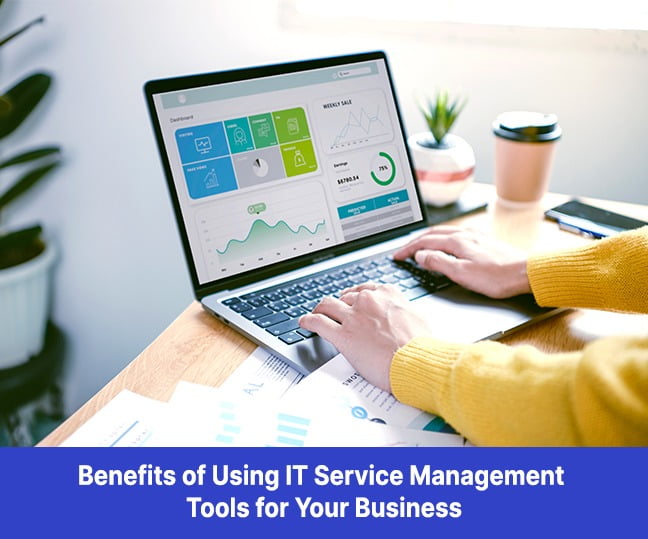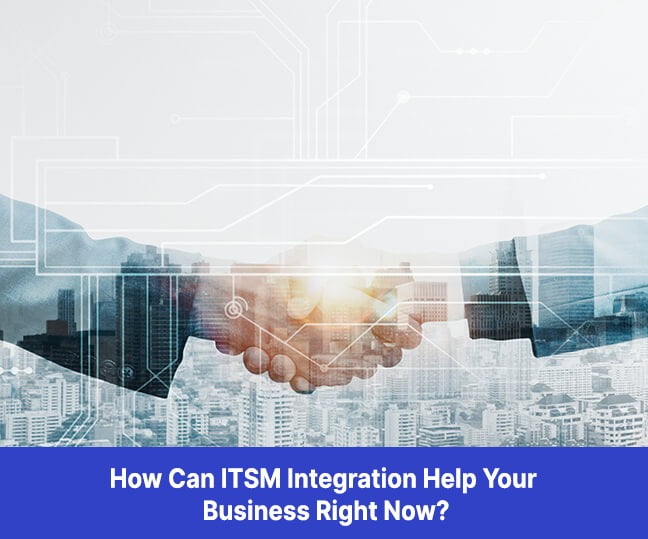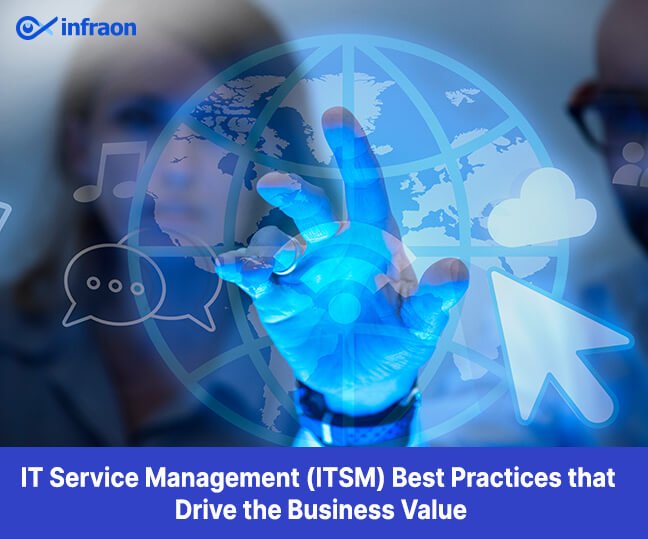Best ITSM tools are software solutions used to accelerate the tasks and workflow automation associated with managing and delivering effective IT services. ITSM refers to how IT is used in designing, delivering, proving, producing, and managing IT services. Hence, ITSM is more than just your helpdesk tool.
ITSM isn’t just about fixing or maintaining IT systems; it’s about aligning the company’s complete service management system with the organization’s goals and objectives. This blog covers why ITSM must be implemented in organizations and how you can benefit from it. So, let’s begin.
Benefits of Implementing ITSM in Organizations
When ITSM is implemented in accordance with the Information Technology Infrastructure Library (ITIL) framework and ISO 2000, it benefits organizations in numerous ways. These include:
- Optimize service delivery
ITSM offers an opportunity to standardize and simplify all IT processes and procedures for the organization. This increases the efficiency of IT workflow management and reduces the cost too. Thereby, ITSM is best for optimizing IT service delivery.
- Be more reliable
ITSM frameworks and modules are a proven strategic path, which means they are reliable to lead your company with consistent IT services results.
- Become more adaptable
The IT industry is on the boom like never before, especially after the pandemic, and it is constantly evolving. ITSM tools and frameworks are adaptable to every technology transformation and, in turn, enable your organization to focus on innovation and developing technology.

So, how do organizations work better with ITSM for business agility and scalability? Let’s discuss that.
How ITSM Works Better for Organizations
There is a 6 step process to make ITSM work better for businesses. It follows as follows:-
- Establishing Database – Centralized Database
The Configuration Management Database (CMDB) is the repository that stores the information about your IT assets and the connection between IT and business services. A service catalog is the central source of information on IT operational services rather than it usually tracks the status of individual IT infrastructure components and their relationships. Also, it is a key process in the Information Technology Infrastructure Library (ITIL) framework.
2. Discovering infrastructure and business services
The CMDB is filled with information about the IT landscape in the second step. Well, the discovery process is segmented into two phases. The first phase is a horizontal discovery that automatically seeks out all IT assets in the environment and records them in CMDB. This infrastructure discovery connects the virtual and physical components in the data centre. On the other hand, the second phase of vertical discovery maps the organization’s business needs from a top-down approach. Both these approaches are beneficial for organizations to deeply understand the impact of IT infrastructure on businesses and services.
3. Proactive identification of service issues/ root causes
Once the organization gets a clear picture of infrastructure and business services, the data can be utilized for identifying problems in outages. In this step, the IT team knows exactly what’s happening with the organization’s business services and thus, creates notifications or alerts to react to priority incidents.
4. Informed incident response
Incident response is the systematic approach to help the IT teams plan to react to IT threats such as cyberattacks, service interruptions, or a breach of the organization’s security.
5. Automation Remediation
An ITSM solution provides the necessary support to carry out the required remediation and informs the IT ops to take necessary actions.
6. Single View Across IT Services and operations
The single record system provides insights into the effectiveness of operational activities and service performance. It provides a dashboard for managers, employees, and executives to align the business goals for better efficiency and scalability.
Conclusion
Following the steps mentioned above can help organizations start with ITSM to smoothly manage their IT infrastructure and services. ITSM wins the race by working slowly and steadily to fit the organization’s demands with current objectives and growth.



















